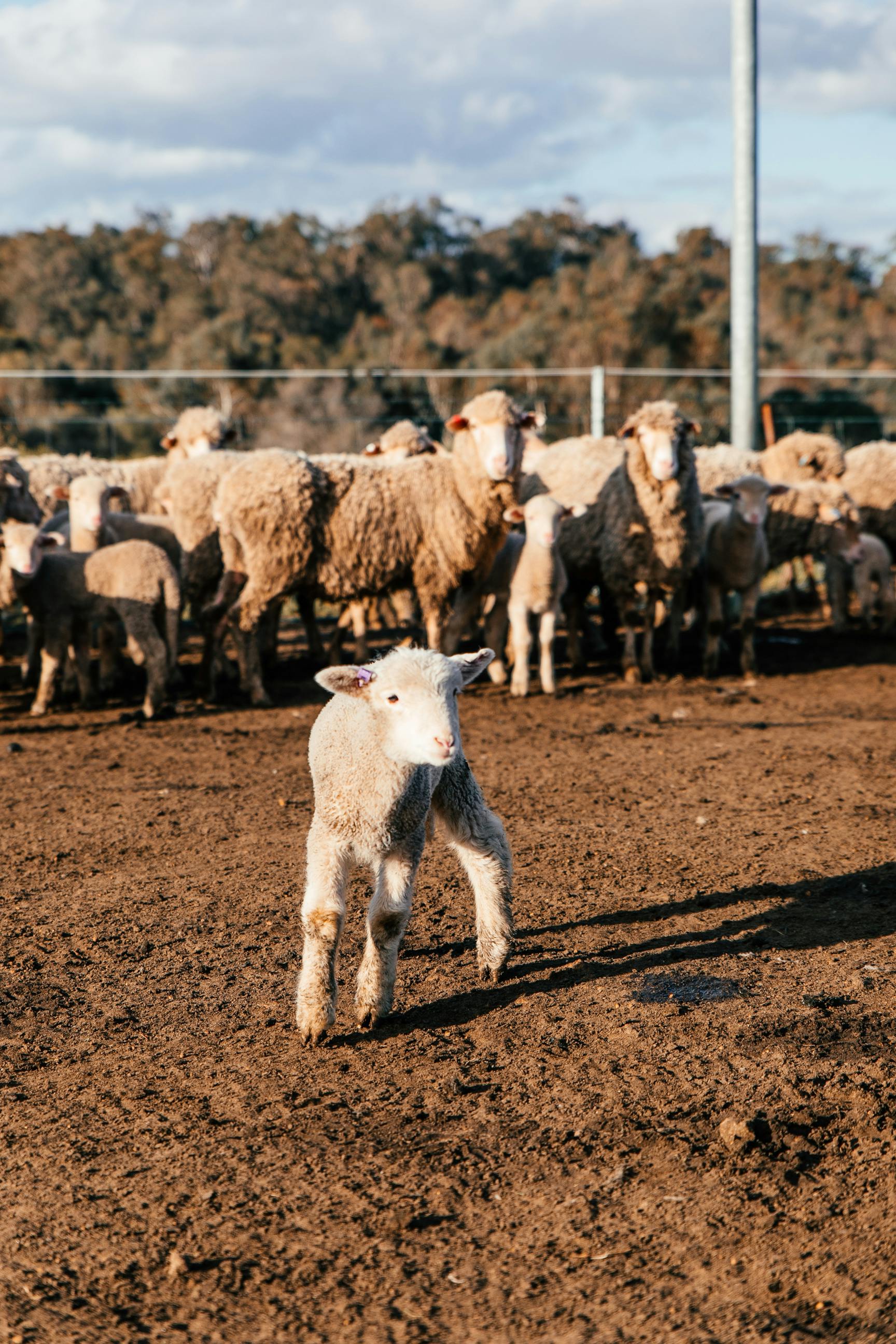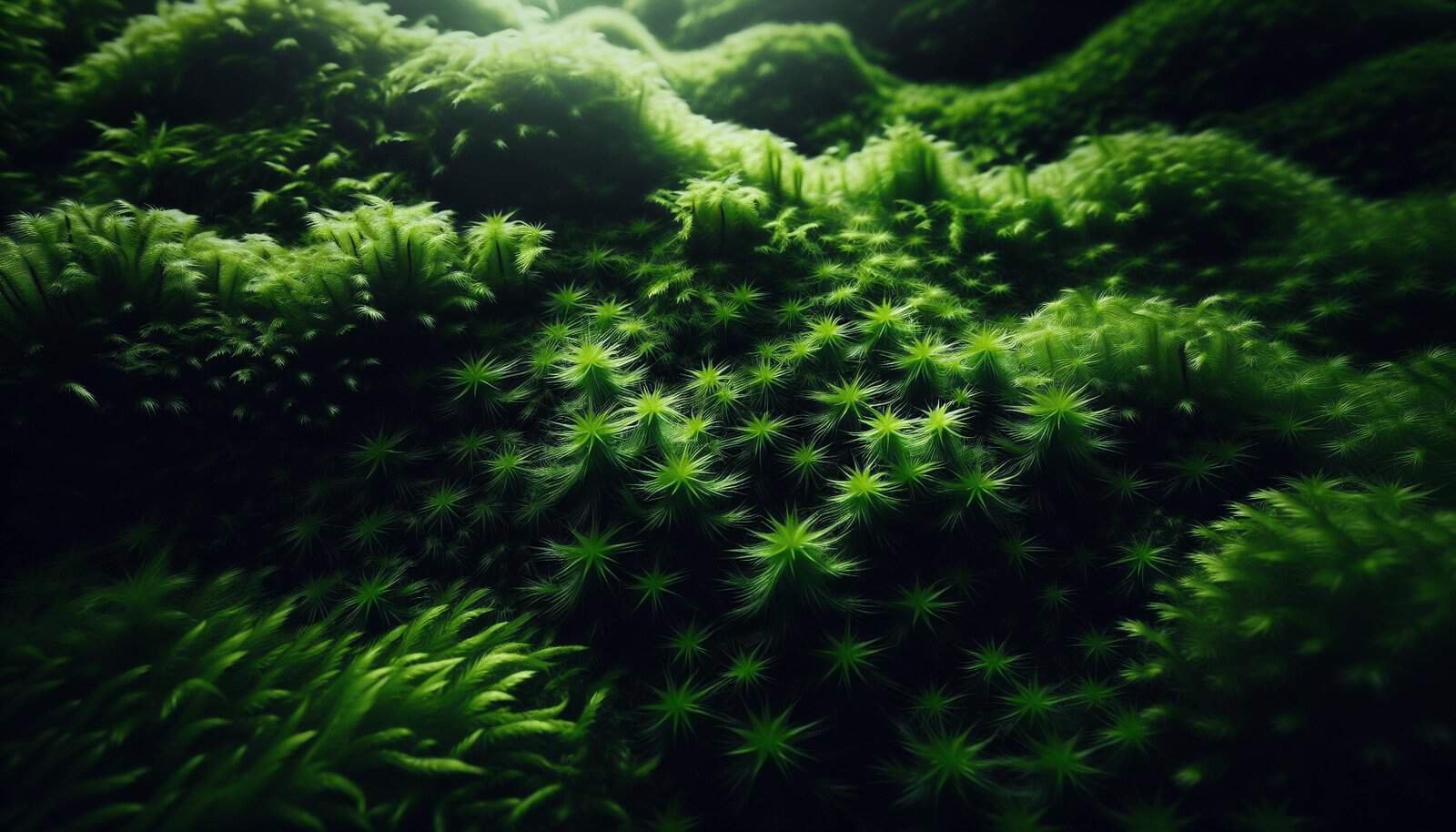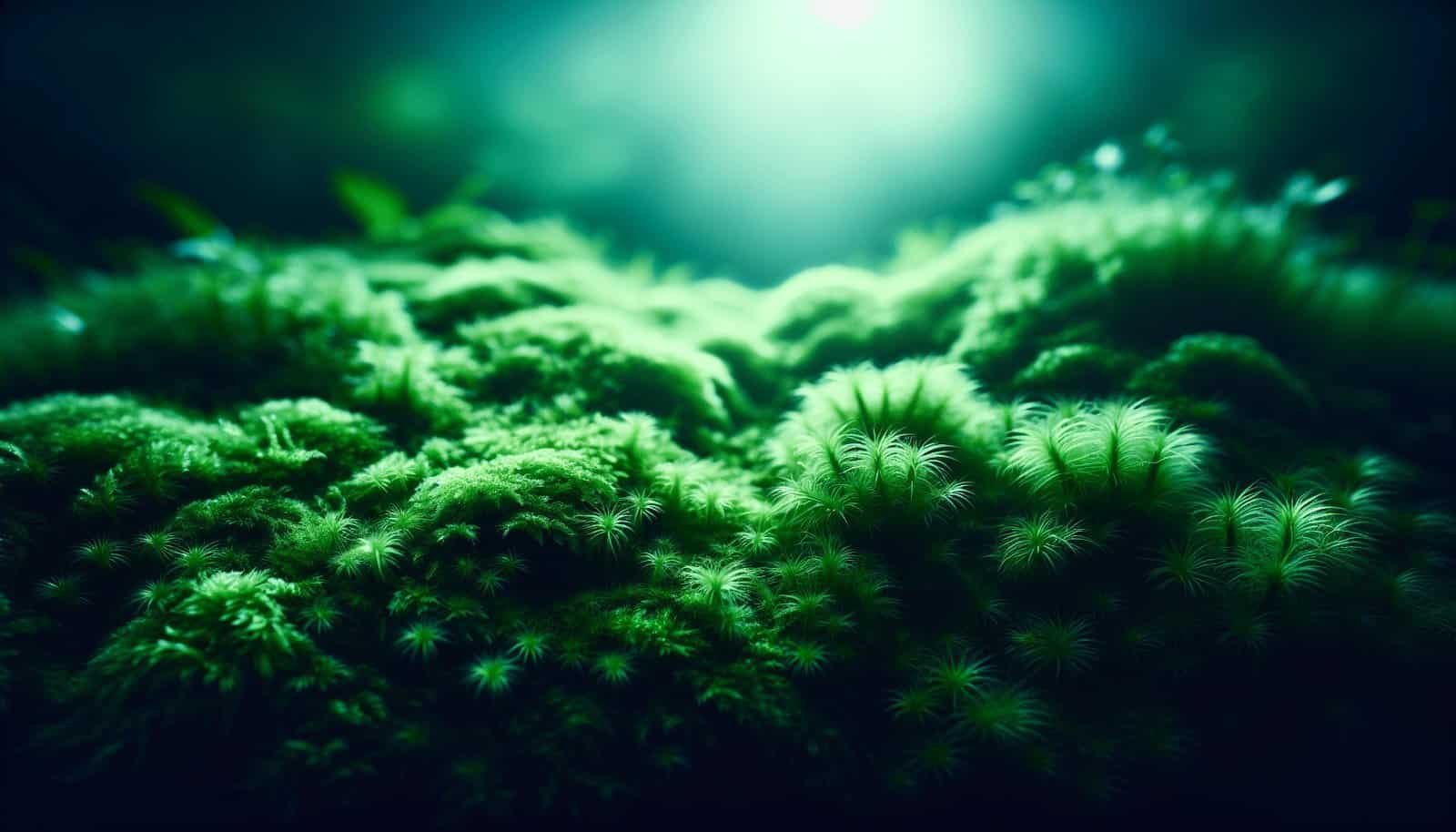Imagine creating a lush and vibrant habitat for your pet tarantula, complete with a natural touch of live moss. But before you get too excited, you may wonder if live moss is a suitable addition to your tarantula’s enclosure. Will it provide any benefits or could it potentially harm your eight-legged friend? In this article, we will explore the world of tarantula enclosures and whether or not live moss is a safe and suitable option for your arachnid companion.

Benefits of Live Moss in Tarantula Enclosures
Maintains Humidity
One of the key benefits of using live moss in tarantula enclosures is that it helps maintain humidity levels. Tarantulas require a certain level of humidity to thrive, as they are native to tropical and subtropical regions where the air is often moist. Live moss can help create a microclimate within the enclosure, trapping moisture and preventing it from evaporating too quickly. This is especially important during the molting process, as tarantulas need high humidity to successfully shed their exoskeleton.
Provides Natural Environment
Live moss in tarantula enclosures is not only aesthetically pleasing but also provides a more natural environment for these creatures. In the wild, tarantulas often inhabit areas with damp soils covered in mosses and other low-lying vegetation. By recreating this environment in their enclosures, you are offering your tarantula a more authentic and comfortable habitat. This can have a positive impact on their overall well-being and behavior.
Enhances Aesthetics
Including live moss in tarantula enclosures can greatly enhance the overall aesthetics of the habitat. The vibrant green color and delicate structure of the moss create a visually appealing and natural-looking environment for your tarantula. This not only adds visual interest to the enclosure but can also make it more enjoyable for you as a tarantula owner. A beautiful and well-maintained tank not only showcases your tarantula but also becomes a conversation starter and source of pride.
Considerations Before Using Live Moss
Species Compatibility
Before introducing live moss to your tarantula enclosure, it is essential to consider the specific needs and preferences of your tarantula species. Some species may prefer a drier climate and may not benefit from having live moss in their environment. Research the natural habitat of your tarantula species and consult with experts or experienced tarantula keepers to ensure that live moss is appropriate for your specific tarantula species.
Avoid Toxic Moss Varieties
Not all moss varieties are safe for tarantulas. Some moss species may be toxic or have the potential to harm your tarantula. It is crucial to choose moss varieties that are non-toxic and safe for your tarantula. When selecting live moss for your tarantula enclosure, do thorough research on the moss species to ensure its safety. Avoid using mosses that have a history of causing health issues in tarantulas or are known to contain toxic substances.
Maintenance and Cleaning
Before incorporating live moss into your tarantula enclosure, consider the maintenance and cleaning requirements it may entail. Live moss requires regular care, such as misting or watering to maintain its health and lush appearance. Additionally, moss may need occasional cleaning to remove debris or prevent the growth of fungi. It is crucial to be prepared for the extra effort and time required to maintain a moss enclosure and ensure that you can commit to its upkeep.

Choosing the Right Moss
Non-Toxic Moss Varieties
When choosing live moss for your tarantula enclosure, it is essential to select non-toxic varieties. Some popular non-toxic moss species suitable for tarantula enclosures include Spaghnum moss, Pillow moss, and Mood moss. These mosses are safe for tarantulas and can provide the desired benefits without posing any harm or risk.
Suitable Moss Species
In addition to being non-toxic, it is essential to choose moss species that are suitable for the particular needs of your tarantula species. Some tarantulas prefer drier environments, while others thrive in more humid conditions. Research the natural habitat preferences of your tarantula species to determine which moss species will best replicate its natural environment. Additionally, consider the growth rate and maintenance requirements of the moss species to ensure it is a suitable fit for your tarantula enclosure.
Preparing the Enclosure
Substrate Selection
Before introducing live moss, proper substrate selection is crucial. The substrate serves as the base layer of the enclosure and provides stability and moisture retention. Choose a substrate that promotes proper drainage and prevents excess moisture accumulation. This will help prevent the growth of harmful bacteria or fungi and maintain a healthy living environment for your tarantula and the moss.
Creating Moss Pockets
Creating moss pockets within the enclosure can enhance the visual appeal and provide additional hiding spots for your tarantula. These pockets can be created by arranging pieces of cork bark or other materials to create recessed areas where the moss can be placed. The moss pockets also provide opportunities for your tarantula to burrow or build web structures, mimicking their natural behaviors.
Ensuring Proper Drainage
To maintain a healthy and thriving moss enclosure, proper drainage is essential. Excess moisture can lead to the growth of harmful bacteria or fungi, which can negatively impact both the tarantula and the moss. Ensure that the enclosure has adequate drainage holes or a layer of porous material at the bottom to prevent waterlogging. Proper drainage will allow excess moisture to escape, minimizing the risk of water-related issues.

Introducing Live Moss to the Enclosure
Sterilizing the Moss
Before placing live moss into the enclosure, it is recommended to sterilize it to eliminate any potential pests or contaminants. You can sterilize the moss by soaking it in water mixed with a reptile-safe disinfectant or by baking it in the oven at a low temperature for a brief period. Sterilization helps ensure the health and safety of your tarantula and prevents the introduction of any unwanted organisms into the enclosure.
Placing Moss in the Enclosure
Once sterilized, the live moss can be carefully placed in the tarantula enclosure. Arrange the moss around the habitat, taking care not to cover essential areas such as water dishes or burrows. Consider creating different levels or layers of moss to add depth and interest to the enclosure. Take cues from your tarantula’s natural habitat and mimic the way moss would naturally grow in the wild.
Monitoring Moss Growth
After introducing live moss to the enclosure, it is important to monitor its growth and condition regularly. Live moss requires adequate moisture and light to thrive. Ensure that your tarantula enclosure provides suitable conditions for moss growth, such as proper humidity levels and appropriate lighting. Regularly inspect the moss for signs of overgrowth, discoloration, or any issues that may require adjustments to the enclosure’s conditions.
Maintaining the Moss Enclosure
Controlling Humidity Levels
Maintaining the correct humidity levels is vital for the health of both the tarantula and the moss. Monitor humidity levels within the enclosure using a hygrometer and make necessary adjustments if needed. Mist the enclosure with water to increase humidity or provide ventilation if moisture levels are too high. By maintaining optimal humidity, you can ensure the longevity and lushness of the live moss.
Preventing Overgrowth
Live moss can grow vigorously in suitable conditions, potentially overtaking the enclosure if left unchecked. To prevent overgrowth, regularly trim and prune the moss as needed. This will help maintain a balanced and aesthetically pleasing enclosure while preventing any potential issues with excessive moss growth obstructing essential areas or becoming a breeding ground for pests.
Regular Cleaning and Pruning
Regular cleaning and pruning are essential for maintaining a healthy and attractive moss enclosure. Remove any decaying or discolored moss promptly to prevent the growth of mold or fungi. Gently clean the moss and surrounding areas when necessary to remove debris, eliminating potential breeding grounds for pests or bacteria. Regular maintenance ensures the overall health and longevity of the live moss ecosystem in your tarantula enclosure.

Benefits of Moss for Tarantulas
Hiding and Burrowing Opportunities
Live moss provides tarantulas with additional hiding and burrowing opportunities. Many tarantulas are natural burrowers and require suitable substrates and hiding places to exhibit their natural behaviors. The presence of live moss in the enclosure gives your tarantula a substrate to burrow into and create their own cozy hiding spots. This helps create a more enriching and natural environment for your tarantula, contributing to their overall well-being and stress reduction.
Providing Moisture for Molting
During the molting process, tarantulas require high levels of humidity to ensure a successful molt. Live moss in the enclosure can help maintain the necessary humidity levels, providing the tarantula with the moisture it needs for a smooth and successful molt. The moss traps and retains moisture, creating a microclimate within the enclosure that mimics the tarantula’s natural habitat. Proper moisture levels are crucial during molting, as dehydration can lead to complications and potential harm to the tarantula.
Offering Additional Nutritional Options
Live moss can serve as a beneficial food source for some tarantula species. Certain moss varieties host small organisms, such as springtails or tiny mites, which tarantulas may consume. Introducing live moss into the enclosure can provide your tarantula with additional nutritional options, allowing them to exhibit their natural feeding behaviors. However, it is important to research the specific dietary needs of your tarantula species and consult with experts to ensure that the live moss is a suitable and safe food source.
Potential Risks and Concerns
Mold and Fungal Growth
One potential risk of using live moss in tarantula enclosures is the growth of mold and fungi. Excess moisture, poor ventilation, or improper maintenance can create a favorable environment for mold and fungal growth. These organisms can be harmful to both the tarantula and the live moss. Regular monitoring, maintenance, and ensuring proper drainage and ventilation can help minimize the risk of mold and fungal growth.
Pests and Parasites
Introducing live moss into the enclosure may also introduce pests or parasites that can harm your tarantula. Some common pests found in live moss include mites or springtails. While these organisms may not pose a direct threat to the tarantula, excessive populations can cause stress or discomfort. Proper sterilization and regular monitoring can help mitigate the risk of pests or parasites and maintain a healthy equilibrium within the enclosure.
Allergic Reactions
It is important to consider potential allergic reactions when using live moss in tarantula enclosures. Some individuals may be allergic to certain moss species or may develop allergies over time due to prolonged exposure. If you or anyone in your household has a known allergy to moss or other related substances, it is advisable to avoid using live moss or take necessary precautions, such as wearing gloves when handling the moss.

Monitoring Tarantula Behavior
Observing Comfort and Adaptation
Once live moss has been introduced to the enclosure, closely observe your tarantula’s behavior and monitor their comfort and adaptation to the new environment. Pay attention to any signs of stress or discomfort, such as excessive hiding or avoidance of certain areas. The tarantula’s behavior will provide valuable insights into whether the live moss is positively impacting their overall well-being and if any adjustments to the enclosure or maintenance are needed.
Tracking Feeding and Molting Habits
Monitoring your tarantula’s feeding and molting habits is essential when using live moss in their enclosure. Observe if the tarantula is readily accepting food and exhibiting healthy feeding behaviors. Additionally, keep track of their molting cycles and ensure that they are successfully molting without any complications. Any changes in feeding or molting patterns may indicate potential issues with the enclosure or the introduction of live moss.
Detecting Signs of Stress or Discomfort
As a responsible tarantula owner, it is crucial to be vigilant about detecting any signs of stress or discomfort in your pet. Tarantulas can be sensitive creatures, and any changes in their behavior may indicate an issue within the enclosure. Look out for signs such as excessive aggression, webbing patterns, or a lack of appetite. Regularly interact with your tarantula and seek veterinary advice if you notice any concerning behavior or if you suspect any problems related to the use of live moss.
Expert Opinions and Guidelines
Advice from Tarantula Keepers
Experienced tarantula keepers can provide valuable insights and advice when it comes to using live moss in tarantula enclosures. Seek out online communities or local clubs where fellow tarantula enthusiasts share their experiences and expertise. These individuals can provide guidance on suitable moss species, maintenance techniques, and troubleshooting common issues. Engaging with the tarantula-keeping community can help ensure that you are well-informed and equipped to provide the best possible environment for your tarantula.
Recommendations from Arachnid Experts
Consulting with arachnid experts or professionals in the field can provide you with industry-standard guidelines and recommendations for using live moss in tarantula enclosures. These experts have extensive knowledge and experience working with tarantulas and can offer valuable insights into best practices and risks to be aware of. Consider reaching out to local universities, research institutions, or reputable exotic pet stores for expert opinions on integrating live moss into your tarantula’s habitat.
In conclusion, incorporating live moss into your tarantula’s enclosure can offer numerous benefits including maintaining humidity, providing a natural environment, and enhancing aesthetics. However, it is essential to consider species compatibility, avoid toxic moss varieties, and be prepared for the necessary maintenance and cleaning. Choose the right moss species, ensure proper substrate and drainage, and follow appropriate steps when introducing live moss to the enclosure. Regularly monitor the moss growth, control humidity levels, and prevent overgrowth through pruning and cleaning. Live moss offers tarantulas hiding and burrowing opportunities, moisture for molting, and additional nutritional options. However, be aware of potential risks such as mold/fungal growth, pests/parasites, and allergic reactions. Monitor your tarantula’s behavior and health, track their feeding and molting habits, and seek expert opinions and guidelines from experienced tarantula keepers and arachnid experts. By following these considerations and guidelines, you can create a thriving and enriching environment for your tarantula with the use of live moss in their enclosure.